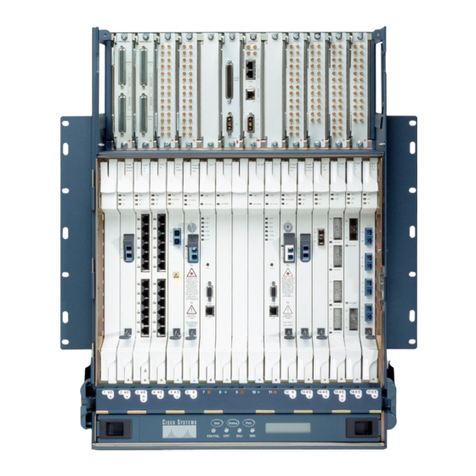Cisco Flex 7500 Series Quick reference guide
Other Cisco Controllers manuals
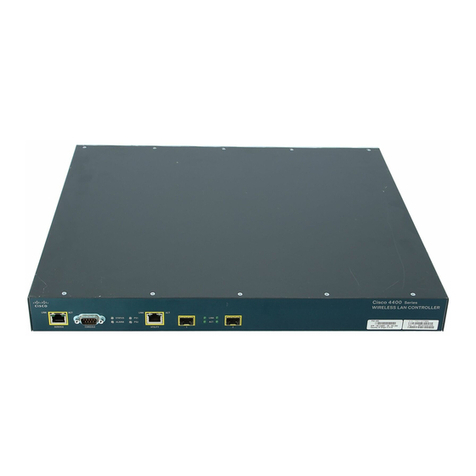
Cisco
Cisco 4404 - Wireless LAN Controller User manual

Cisco
Cisco Firepower 4100 Series User manual
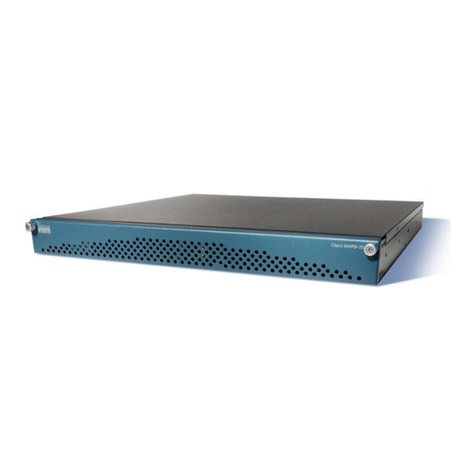
Cisco
Cisco CS-MARS-20-K9 - Security MARS 20 User manual
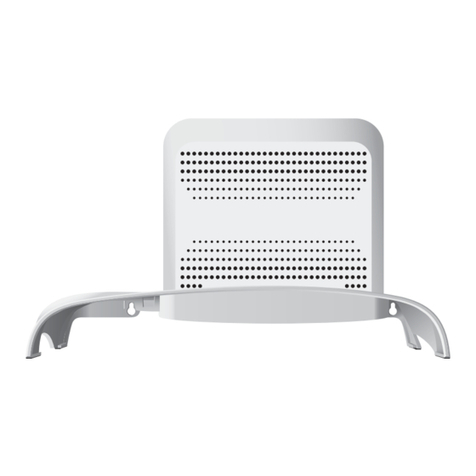
Cisco
Cisco CLG-8202-SEC User manual
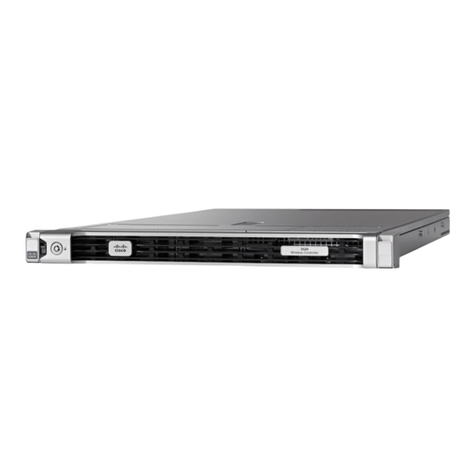
Cisco
Cisco 5520 Quick reference guide

Cisco
Cisco Webex Room CE9.15 User manual
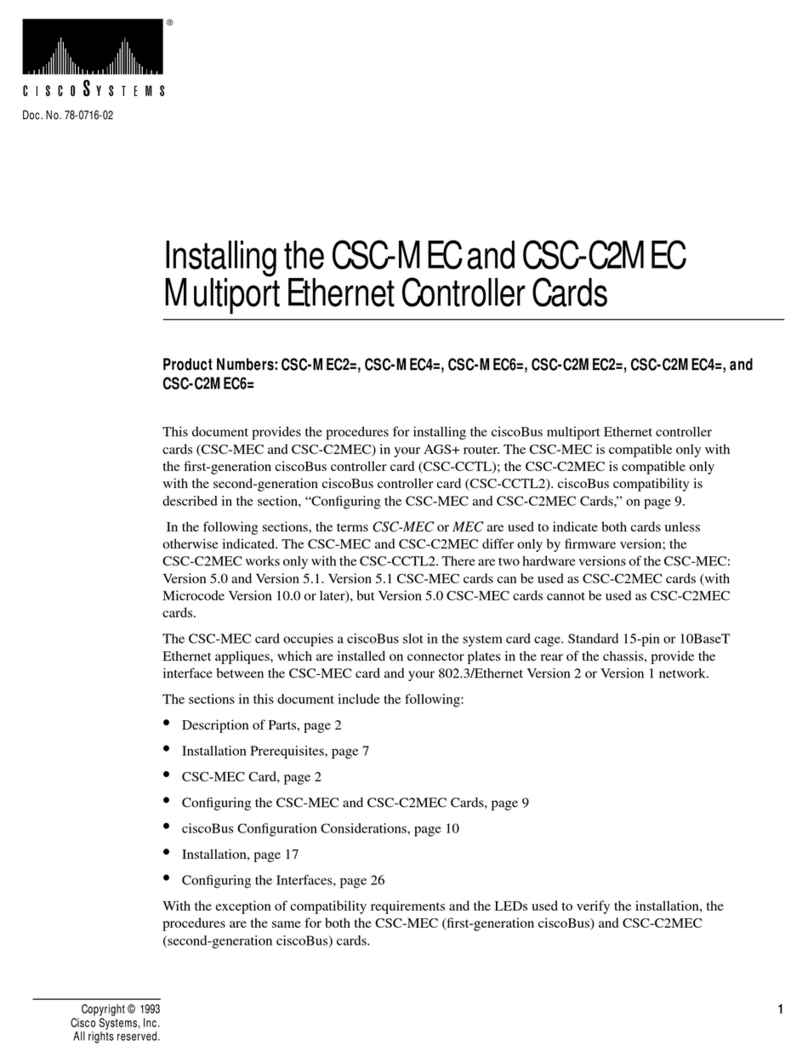
Cisco
Cisco CSC-MEC User manual
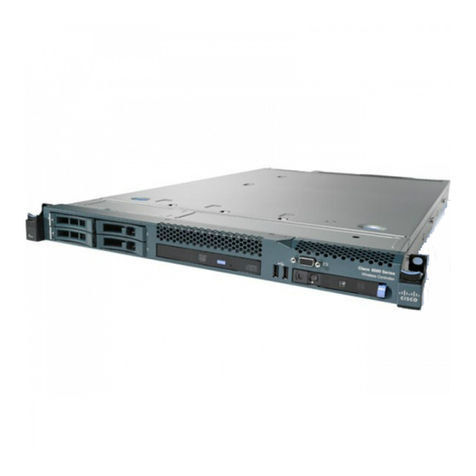
Cisco
Cisco Catalyst 8500 Series Quick reference guide

Cisco
Cisco 521G - Unified IP Phone VoIP User manual
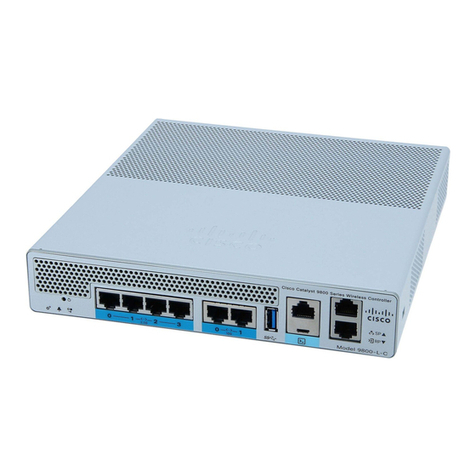
Cisco
Cisco Catalyst C9800-L Manual
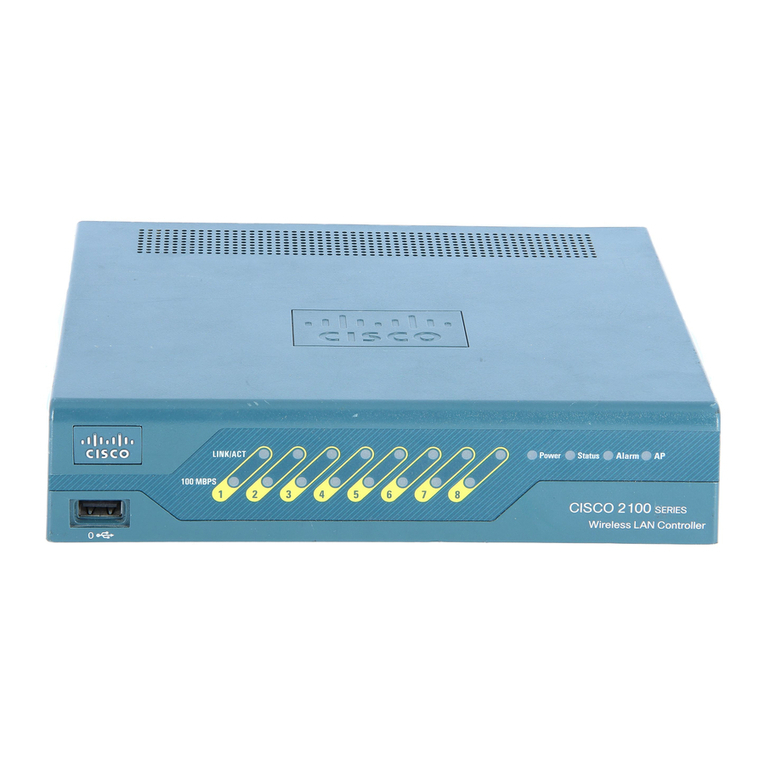
Cisco
Cisco 2100 Series User manual
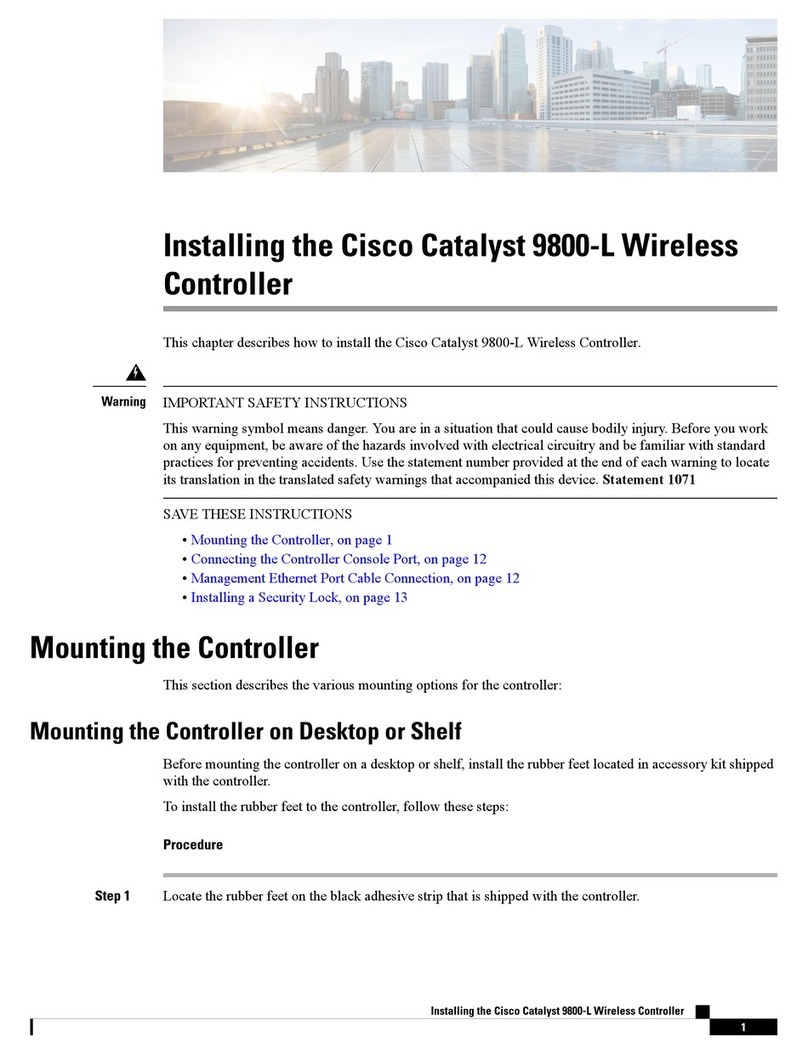
Cisco
Cisco Catalyst 9800-L Instruction Manual
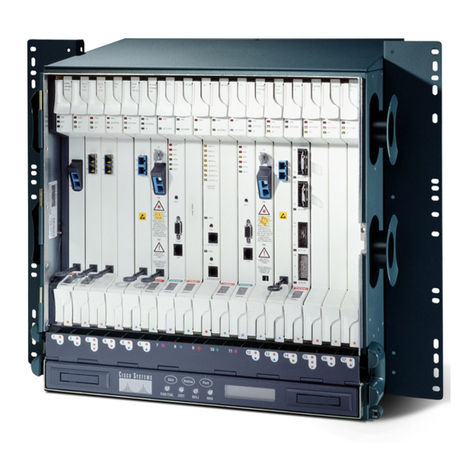
Cisco
Cisco ONS 15454 Series User manual
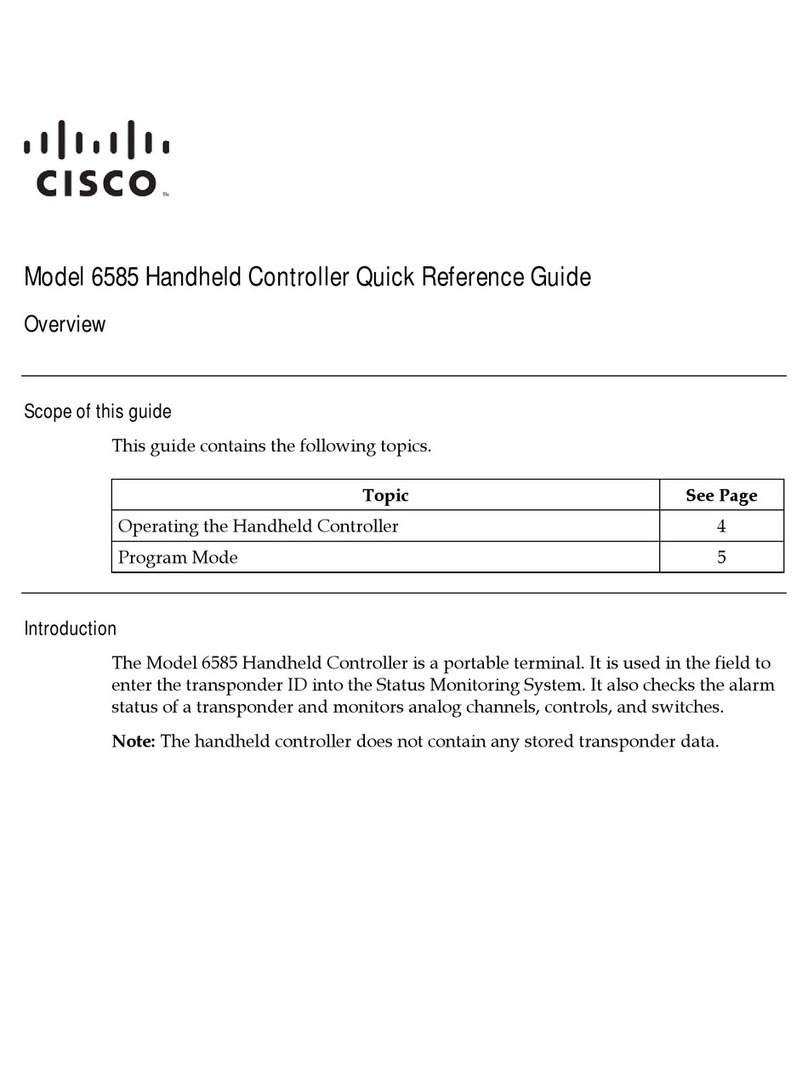
Cisco
Cisco 6585 User manual

Cisco
Cisco Identiv ICPAM EM-100 User manual
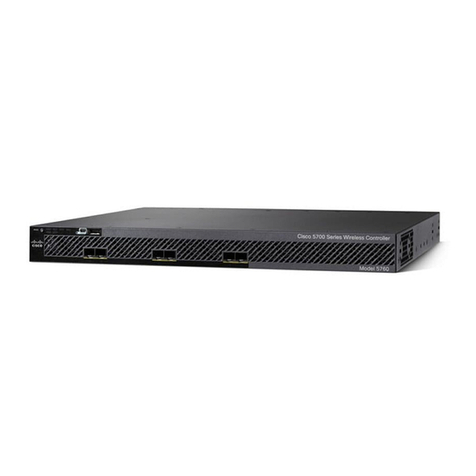
Cisco
Cisco Unified Access CT5760 Quick reference guide

Cisco
Cisco Catalyst 9800-40 Instruction Manual

Cisco
Cisco 2100 Series User manual
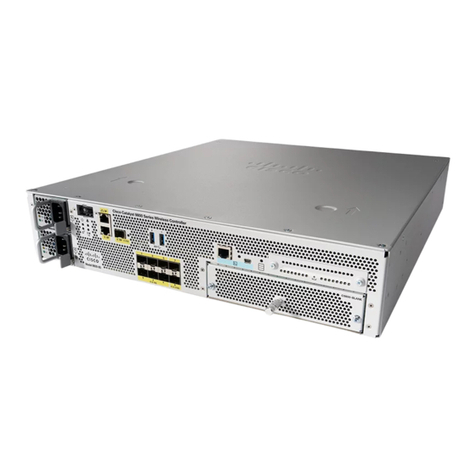
Cisco
Cisco Catalyst 9800-80 User manual
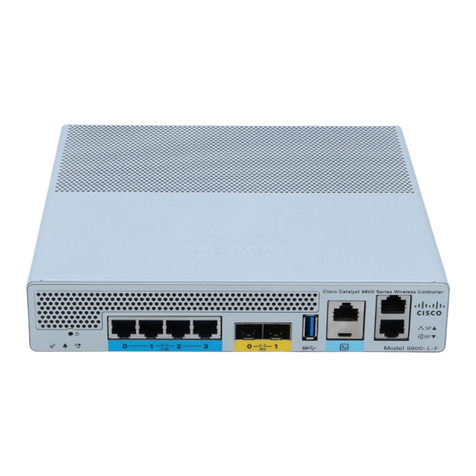
Cisco
Cisco Catalyst 9800-L Manual

